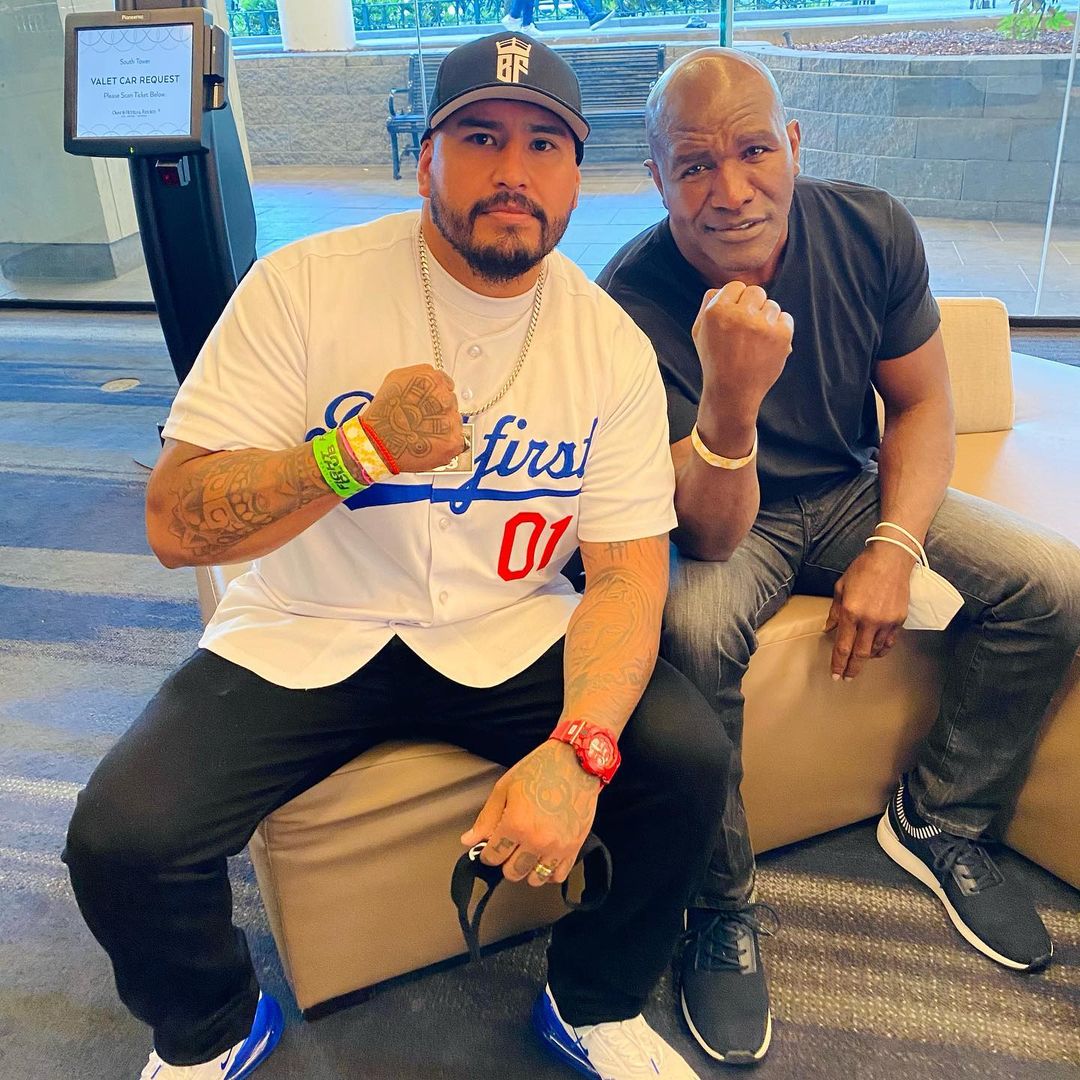How To Style A Baseball Jersey?
Designing a baseball jersey is a process that considers both practicality and aesthetics. The following is a clear and punctuated design process,
with reference to relevant numbers and information in the article:
1. Determine design goals and style
Target audience: Clearly identify which level
of competition the jersey is designed for (such as professional leagues, campus leagues, amateur competitions, etc.) and which team it is for.
Style
positioning: Based on the team culture and characteristics, choose the overall style of the jersey, such as retro, modern, sports and leisure.
2.
Material selection
Fabric: Choose fabrics with good breathability, strong sweat absorption, durability and wear resistance, such as polyester,
polyester fibers, etc. These fabrics ensure that players stay comfortable and dry during the game.
Accessories: Choose high-quality zippers, buttons,
cuffs and other accessories to ensure the practicality and durability of the jersey.
3. Color matching
Main color tone: Choose the main color tone
based on the culture and logo of the team or brand. The main color tone should be coordinated with the overall image of the team or brand.
Color
scheme: Adopting a color scheme that is coordinated with the main color scheme to enhance the visual appeal of the jersey. You can use contrasting
or similar colors to create different visual effects.
4. Pattern design
Team logo: Design a team logo prominently on the front or back of the jersey
to showcase the team's identity.
Player number and name: Design the player's number and name on the back and sides of the jersey for the audience to
recognize.
Pattern elements: Select suitable pattern elements such as stripes, geometric shapes, etc. based on design goals and style to enhance the
aesthetics of the jersey.
5. Pattern design
Style selection: Based on the player's physical characteristics and game needs, choose the appropriate
style, such as tight fitting, loose fitting, etc. Ensure that the jersey not only showcases the player's physical advantage, but also ensures their
ease of movement during the game.
Detail treatment: Add appropriate accessories and details such as ribbed design, contrasting color design, etc. to
the collar, cuffs, and hem to enhance the structure and aesthetics of the jersey.
6. Functional design
Breathability: Ensure that the jersey has good
breathability to keep players cool during the game.
Sweat absorption performance: Choose fabrics with excellent sweat absorption performance to
ensure that players can still maintain comfort while sweating.
Easy to wash and dry: Consider the easy to wash and dry performance of the jersey, so
that players can quickly clean and reuse it after the game.
7. Process flow
Cutting process: Cut according to the clothing pattern to ensure that the
size and shape of each part meet the design requirements.
Sewing process: Using professional sewing machines to sew, ensuring the firmness and
aesthetics of the jersey. The sewing methods usually include four thread, five thread, and six thread sewing.
Ironing process: After sewing is
completed, ironing treatment is carried out to make the lines of the jersey smoother and the pattern more perfect.
8. Quality acceptance
Overall
effect acceptance: Conduct acceptance on the clarity of the pattern, color matching, and fit of the pattern of the jersey.
Functional testing: Test
the breathability and sweat absorption performance of the jersey to ensure compliance with design requirements.
9. Feedback and Adjustment
Based on
market feedback and user experience, continuously optimize and adjust the design to meet the needs of more teams and players.
Through the design
process of the above steps, it can be ensured that the designed baseball jersey meets practical requirements while showcasing the team's
characteristics and style.



